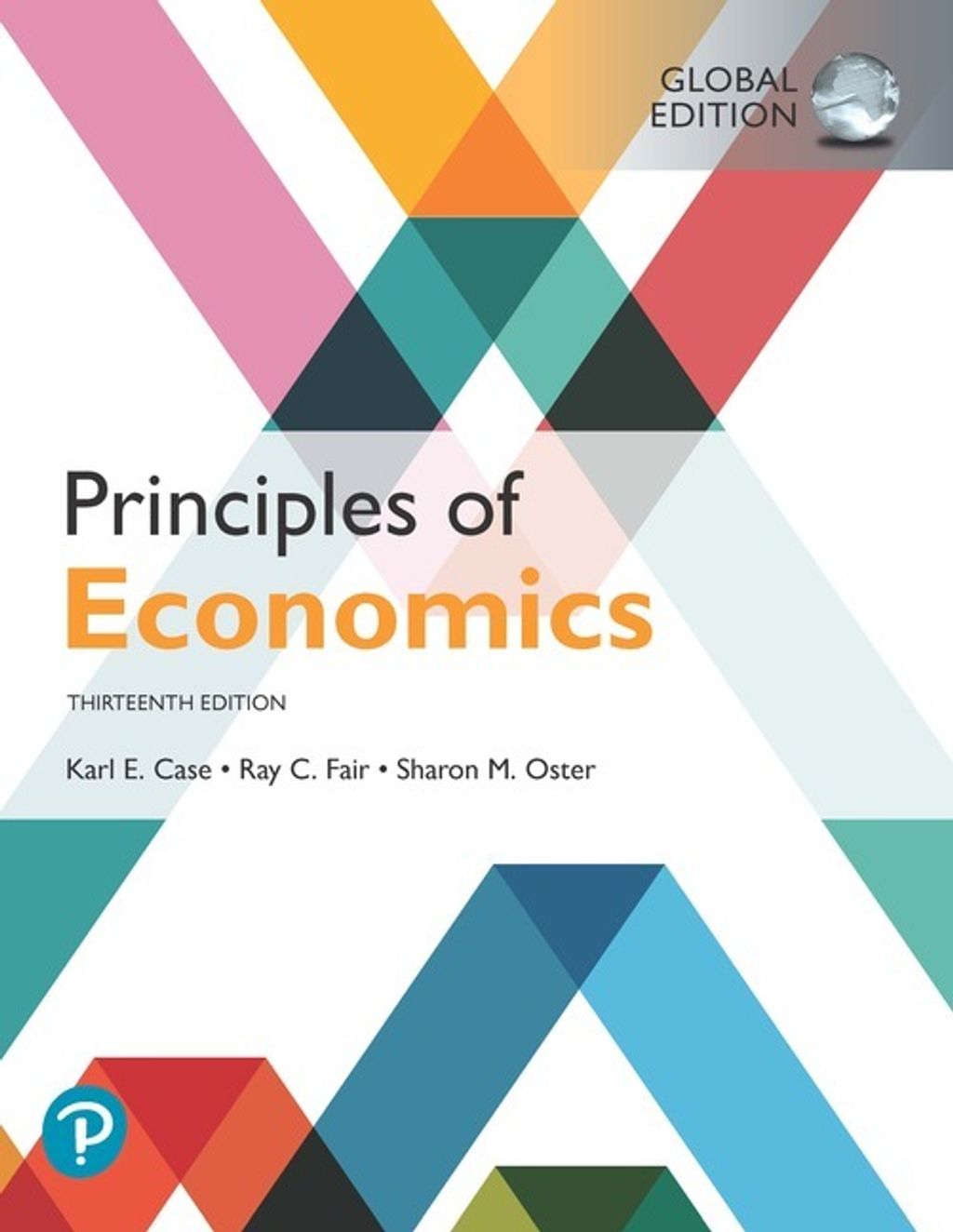Principles of Economics, 13th Edition by Case, 9781292294698
- Regular price
- RM 160.00
- Sale price
- RM 160.00
- Regular price
-
RM 160.00
Share
- Karl E. Case
- Ray C. Fair
- Sharon M. Oster
- 13th edition | Published by Pearson (June 21st 2019) - Copyright © 2019
- 9781292294698
For two-semester courses in the principles of economics.
An introduction to the functioning of the economy and the power and breadth of economics
Reviewers tell us that Case/Fair/Oster is one of the all-time bestselling principles of economics texts because they trust it to be clear, thorough, and complete. Readers of Principles of Economics, 13th Edition come away with a basic understanding of how market economies function, an appreciation for the things they do well, and a sense of things they do poorly. With the latest research and added exercises, students begin to learn the art and science of economic thinking and start to look at some policy, and even personal decisions, in a different way.
- PART I: INTRODUCTION TO ECONOMICS
- 1. The Scope and Method of Economics
- 2. The Economic Problem: Scarcity and Choice
- 3. Demand, Supply, and Market Equilibrium
- 4. Demand and Supply Applications
- 5. Elasticity
- PART II: THE MARKET SYSTEM
- 6. Household Behavior and Consumer Choice
- 7. The Production Process: The Behavior of Profit-Maximizing Firms
- 8. Short-Run Costs and Output Decisions
- 9. Long-Run Costs and Output Decisions
- 10. Input Demand: The Labor and Land Markets
- 11. Input Demand: The Capital Market and the Investment Decision
- 12. General Equilibrium and the Efficiency of Perfect Competition
- PART III: MARKET IMPERFECTIONS AND THE ROLE OF GOVERNMENT
- 13. Monopoly and Antitrust Policy
- 14. Oligopoly
- 15. Monopolistic Competition
- 16. Externalities, Public Goods, and Common Resources
- 17. Uncertainty and Asymmetric Information
- 18. Income Distribution and Poverty
- 19. Public Finance: The Economics of Taxation
- PART IV: CONCEPTS AND PROBLEMS IN MACROECONOMICS
- 20. Introduction to Macroeconomics
- 21. Measuring National Output and National Income
- 22. Unemployment, Inflation, and Long-Run Growth
- PART V: THE CORE OF MACROECONOMIC THEORY
- 23. Aggregate Expenditure and Equilibrium Output
- 24. The Government and Fiscal Policy
- 25. Money, the Federal Reserve, and the Interest Rate
- 26. The Determination of Aggregate Output, the Price Level, and the Interest Rate
- 27. Policy Effects and Cost Shocks in the AS/AD Model
- 28. The Labor Market in the Macroeconomy
- PART VI: FURTHER MACROECONOMICS ISSUES
- 29. Financial Crises, Stabilization, and Deficits
- 30. Household and Firm Behavior in the Macroeconomy: A Further Look
- 31. Long-Run Growth
- 32. Alternative Views in Macroeconomics
- PART VII: THE WORLD ECONOMY
- 33. International Trade, Comparative Advantage, and Protectionism
- 34. Open-Economy Macroeconomics: The Balance of Payments and Exchange Rates
- 35. Economic Growth in Developing Economies
- PART VIII: METHODOLOGY
- 36. Critical Thinking about Research



![IMG20210325170428[1].jpg](https://cdn.store-assets.com/s/399959/i/21962888.jpg?width=1024)




